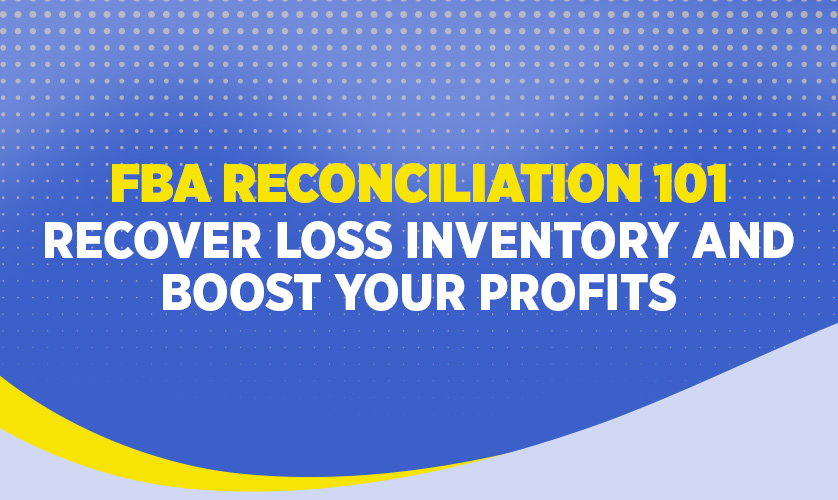Running an Amazon business comes with more than just product listings and ad campaigns — it also means keeping a close eye on your inventory. One of the most overlooked areas where sellers lose money is FBA account reconciliation. Whether it’s misplaced inventory, damaged products, or unclaimed reimbursements, these unnoticed gaps can quietly eat into your profits.
What FBA Reconciliation Actually Means for Amazon Sellers
FBA reconciliation is the process of reviewing your Amazon inventory and transactions to ensure everything matches what’s recorded in Amazon’s reports. Essentially, it’s about verifying that every unit you sent to Amazon’s fulfillment centers has either been sold, returned, or reimbursed if lost or damaged.
For sellers, this means finding missing units, correcting errors, and recovering the money you’re entitled to.
Common Issues Sellers Face
Many sellers are unaware of how often discrepancies occur. Some of the most common issues include:
- Misplaced or lost units during shipping or at fulfillment centers.
Unclaimed reimbursements for damaged or lost inventory.
- Incorrect or overcharged FBA fees that impact profit margins.
Even a small percentage of unclaimed reimbursements can add up to thousands of dollars annually.
How to Identify Gaps in Amazon Reports
Amazon provides detailed reports like Inventory Adjustments, Reimbursements, and Fulfillment reports — but these aren’t always easy to interpret. Here’s what to look for:
- Compare the quantity sent with the quantity received.
Check for unreconciled adjustments (e.g., missing or damaged units without reimbursements).
Review fee breakdowns to ensure accuracy.
A structured reconciliation process helps spot these gaps faster and more accurately.
Step-by-Step Process to Claim Reimbursements
Download and review reports from Seller Central (Inventory Adjustments, Reimbursements, and Inventory Event Detail).
Identify missing or damaged units that haven’t been reimbursed.
File a case with Amazon Seller Support with proper documentation.
Track and follow up until the reimbursement is processed.
Staying organized is key — accurate records increase your chances of successful claims.
Best Practices to Make Reconciliation Part of Your Monthly Workflow
Schedule a monthly FBA reconciliation check as part of your accounting cycle.
Use tools or professional FBA reconciliation services to automate checks.
Keep reports well-organized for faster claim filing.
Monitor reimbursement timelines closely to avoid delays.
By making reconciliation a regular habit, you protect your margins and ensure you’re not losing money unnecessarily.




